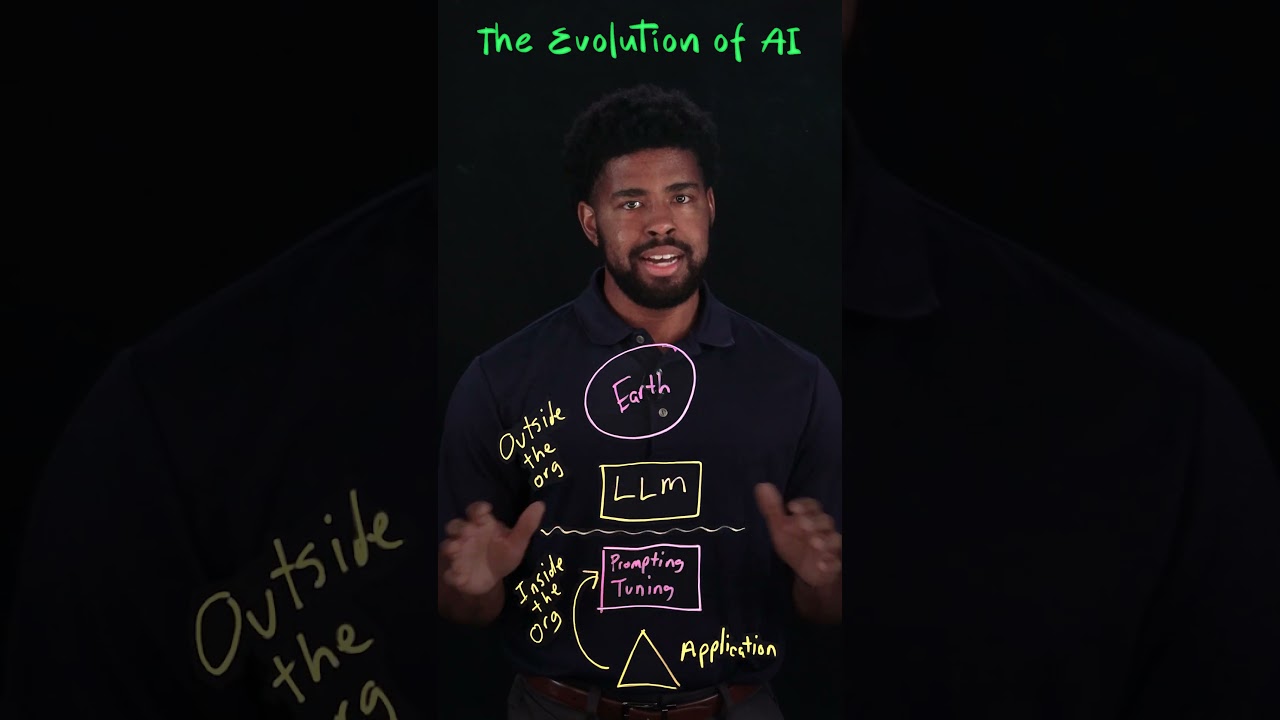The video contrasts Generative AI with traditional AI, highlighting that while traditional AI relies on structured frameworks and specific datasets, Generative AI utilizes vast amounts of internet-sourced data and Large Language Models (LLMs) to produce diverse and creative outputs. It also discusses the importance of prompting and tuning to refine these models for specific business applications, emphasizing the need for a new approach to AI development that accommodates the evolving demands of various industries.
The video discusses the differences between Generative AI (Gen AI) and traditional AI, highlighting the evolution of AI technologies. Traditional AI typically operated through a structured framework consisting of a repository, an analytics platform, and an application layer. This approach relied heavily on specific datasets and predefined algorithms to generate insights and make decisions.
In contrast, Generative AI leverages vast amounts of data sourced from the internet, rather than being confined to organizational data. This shift allows Gen AI to tap into a broader range of information, which is essential for generating more diverse and creative outputs. The use of Large Language Models (LLMs) is central to this process, as they can analyze and generate text based on the extensive data they have been trained on.
However, LLMs often lack the specificity needed for particular business applications. To address this, prompting and tuning are employed to refine the models, making them more relevant to specific use cases. This fine-tuning process is crucial for ensuring that the outputs generated by Gen AI align with the unique requirements of different organizations.
The application layer in Generative AI serves to consume the refined models and deliver actionable insights or creative content. This layer is designed to facilitate the practical use of AI outputs in real-world scenarios, enhancing the overall utility of the technology. The feedback loop established in this process allows for continuous improvement, as insights gained from the application can inform further prompting and tuning.
Overall, the video emphasizes that the fundamental architecture of Generative AI differs significantly from traditional AI. The focus on the size and quantity of data, along with the innovative use of LLMs, necessitates a new approach to AI development and implementation. This evolution reflects the growing demand for more adaptable and powerful AI solutions in various industries.
